
Community Cat Diversion FAQ
“Community cat” is an umbrella definition that includes any unowned, outdoor cat. These cats may be un-socialized or friendly, may have been born into the wild or may be lost or abandoned pet cats. Some community cats are routinely fed by one or more community members, while others survive without human intervention. Whatever a cat’s individual circumstances, the term “community cat” reflects the reality that for these cats, “home” is within the community rather than in an individual household.
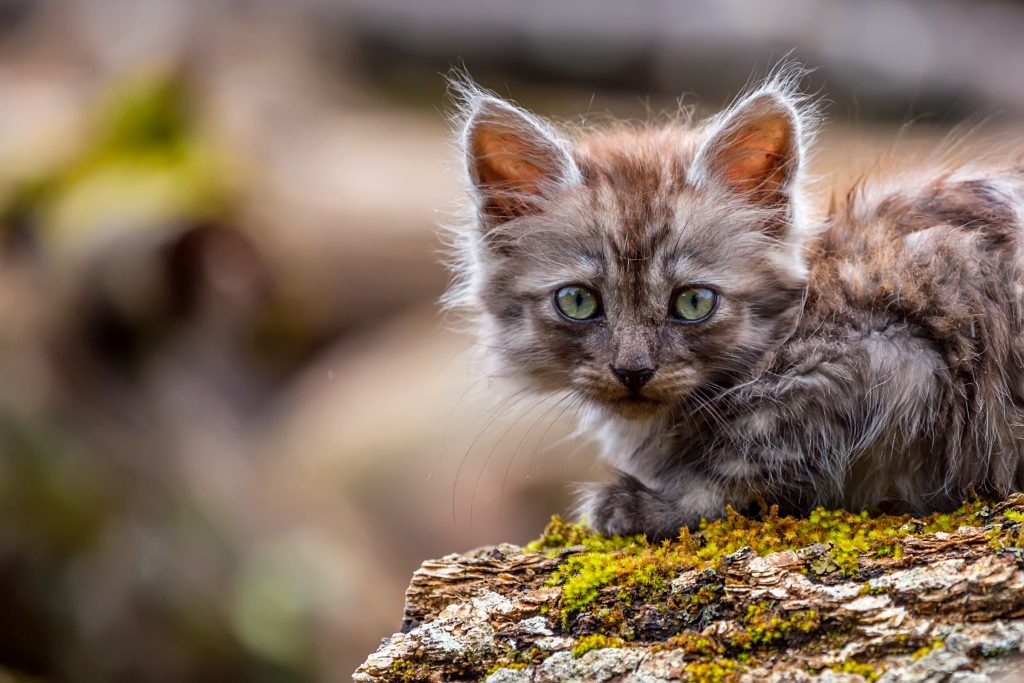
There is no one magic solution for reducing the population of community cats, so addressing the issue through multiple avenues is key:
- Place kittens and friendly adults for adoption through rescue groups or the shelter.
- Return identified cats to owner.
- Euthanize very ill, severely injured or unthrifty cats determined not to be thriving outside.
- Spay/neuter and return healthy adult cats to where they came from to keep new, breeding cats from moving in.
- Provide education to adopters, reclaiming owners and the general public about the benefits of keeping pet cats indoors.
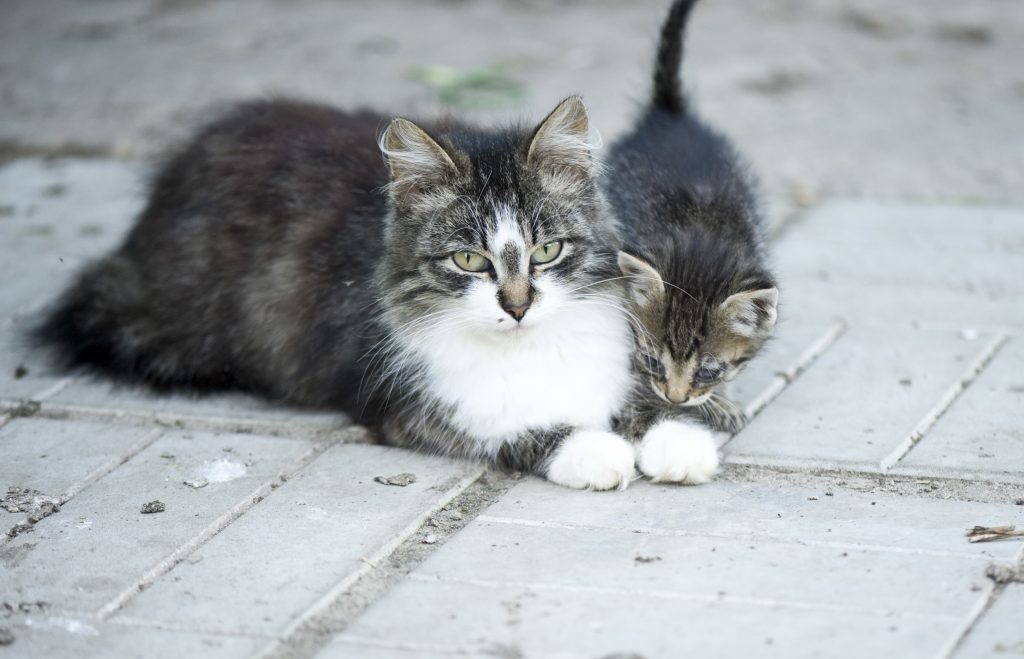
One increasingly popular option is to spay/neuter and vaccinate healthy, feral cats and then return them to the location where they were found. These programs are sometimes known as Trap Neuter Vaccinate Return (TNVR) programs. The fact that a cat is in good condition is considered evidence that it has a source of food and shelter – essentially it already has a “home” in the community and is likely to continue to do well if it is returned to that home. The community cat program differs because it deals with friendly as well as feral cats, thus affecting a much larger portion of the cat population. If they are outside, they are breeding and that is what we are trying to eliminate.
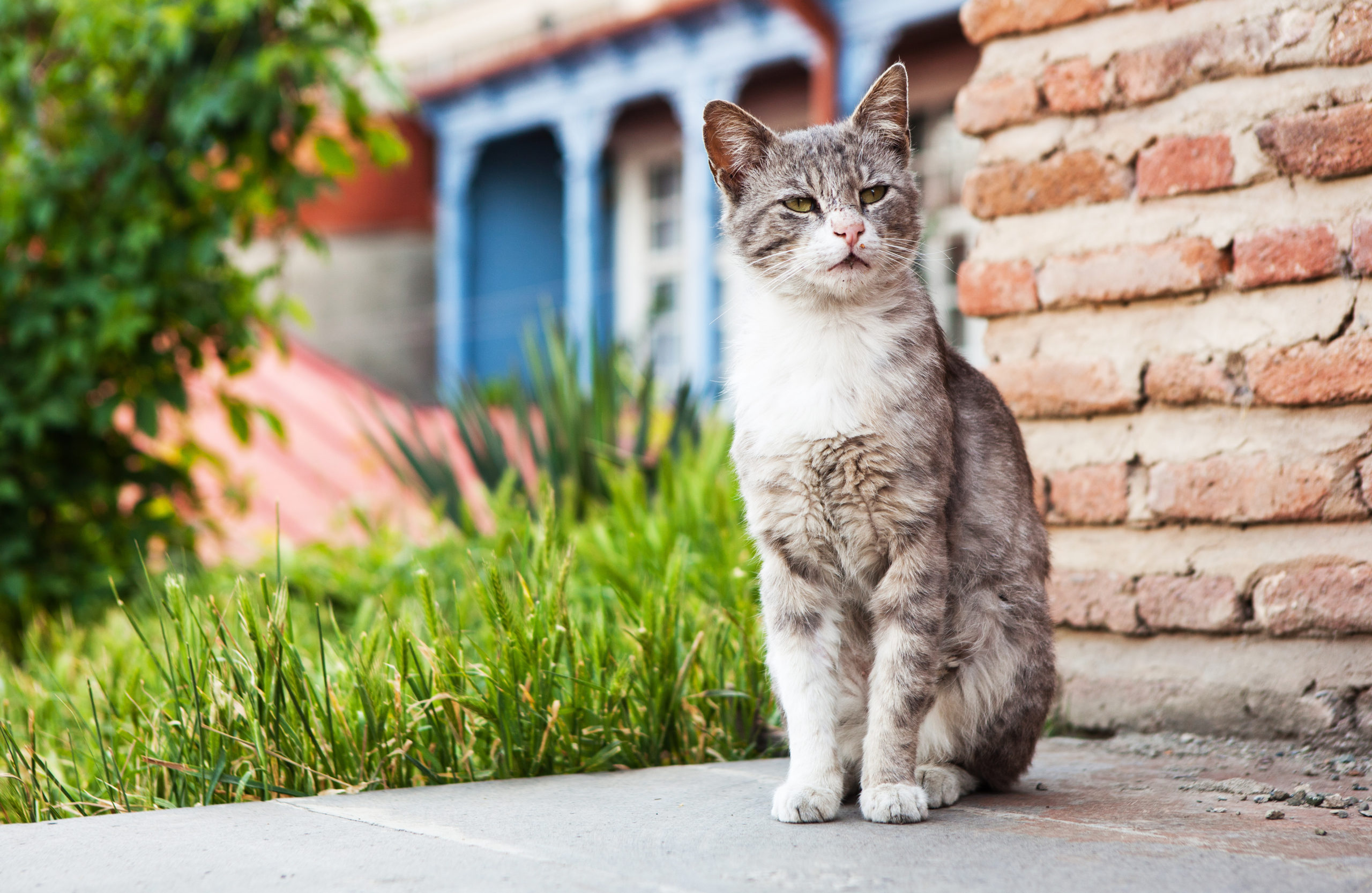
Yes! Community Cat Diversion is in place and thriving all throughout the country, including communities in Tennessee and the Southeast. It is actually considered best practice in animal shelters and is supported by organizations including the ASPCA, The Petco Foundation, Best Friends Animal Society, PetSmart Charities, Humane Society of the United States, Maddie’s Fund, the Association of Shelter Veterinarians, Million Cat Challenge and Target Zero.
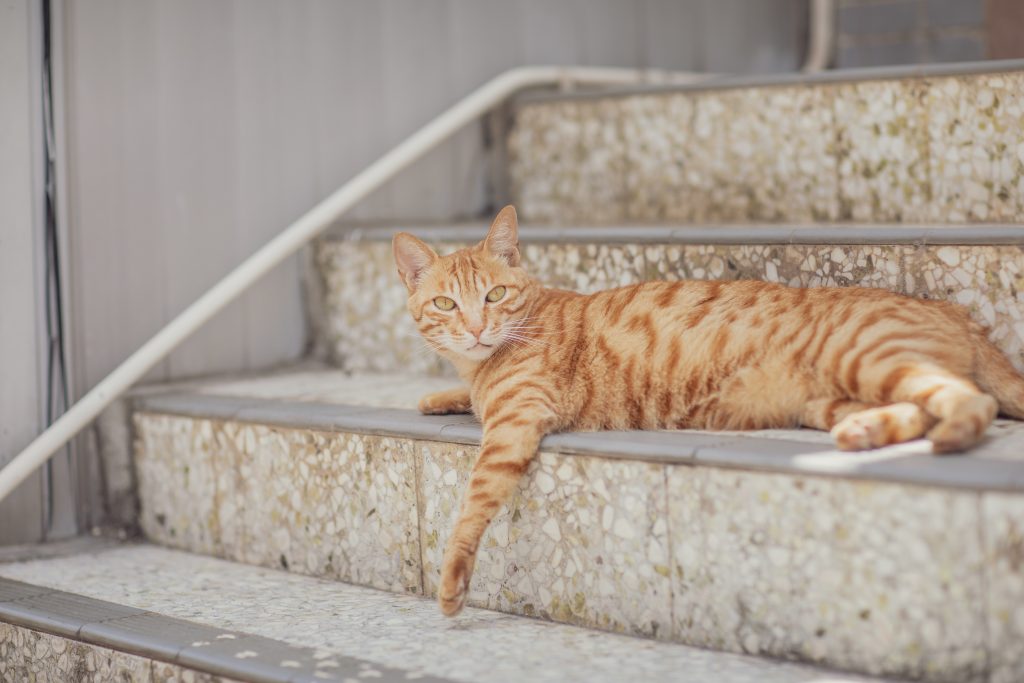
Community cats overwhelm shelters and cause overcrowding, illness and stress. While many good Samaritans turn in cats with the intention of a reunion with the owner, cats actually are upwards of 65% more likely to go home on their own than be reunited in a shelter. In fact, in 2019 less than 3% of stray cats were reunited with owners at Young-Williams Animal Center. The national average of cats reunited with their owners through a shelter is approximately 4%.
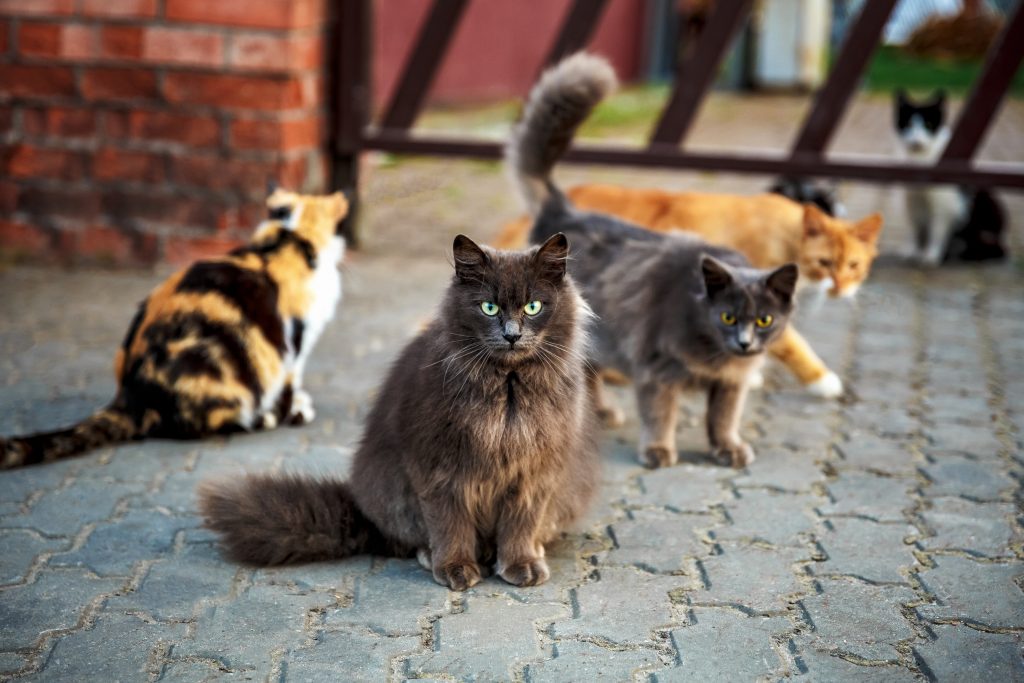
By removing cats from their territory where there are resources attracting them and helping them thrive, we simply open up that territory for new, unfixed cats to come in and repopulate. This is referred to as the “vacuum effect.” The only other way to address the issue besides TNVR is mass extermination, which is unattainable from a budget and resource perspective and would likely not be received well by the community. We also know more than 81% of community members do not support the trap and euthanasia of cats.
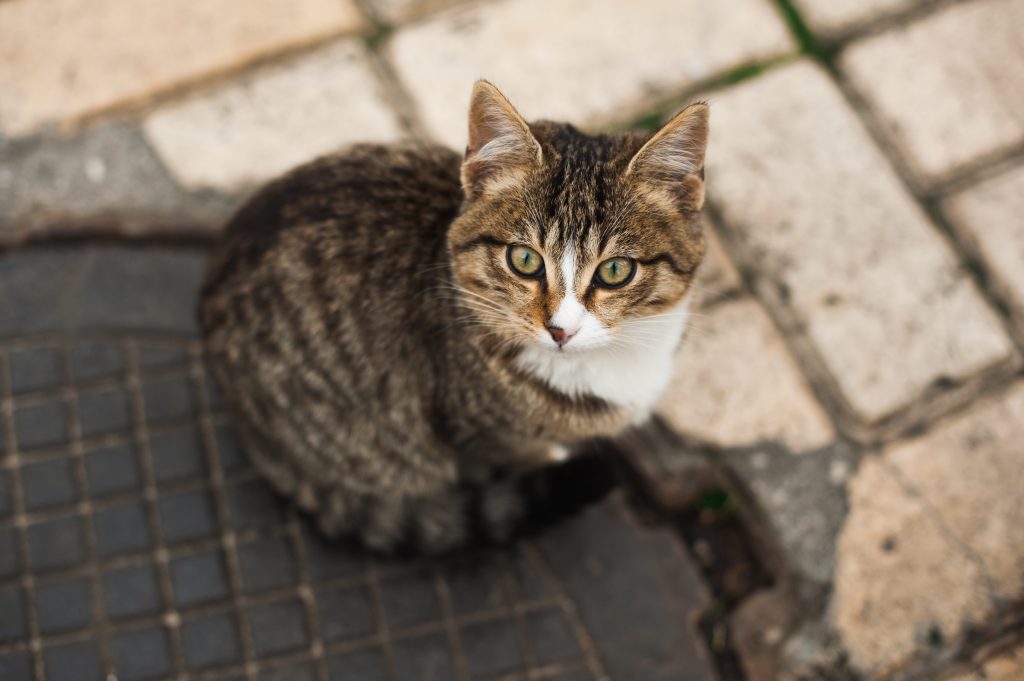
Many community cats are not social and would be neither appropriate nor happy as traditional pets in a home. In our increasingly urban society, there are few “barn homes” into which these cats can be adopted. On the other hand, many community cats have adapted to living in the community. These cats have found a source of food and shelter just as other outdoor animals have.
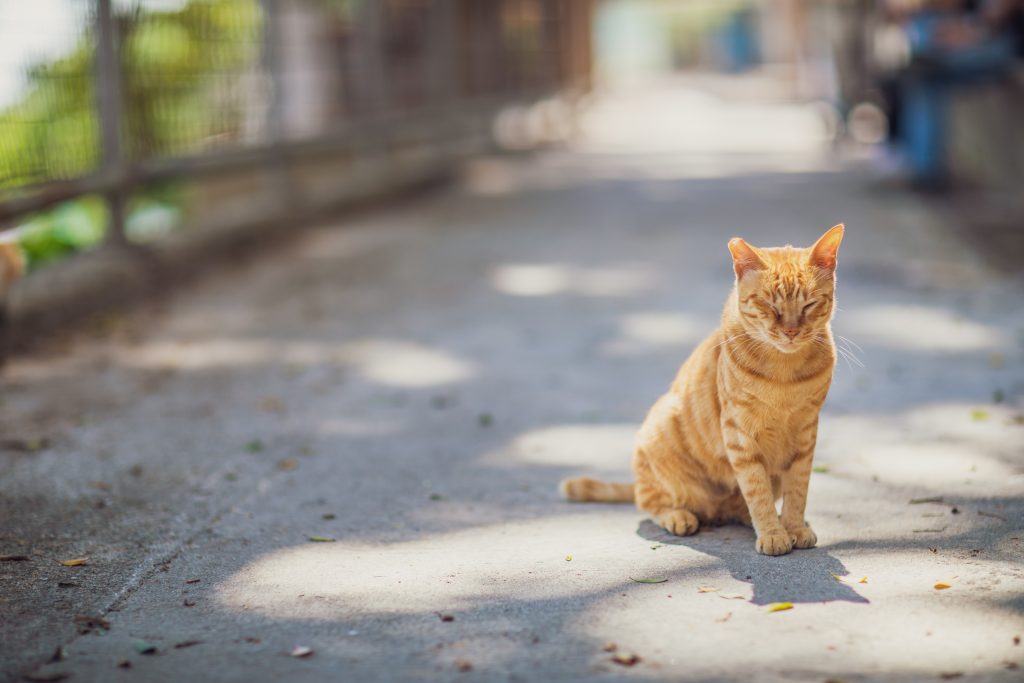
We’re wildlife lovers, too, and want to keep prey species safe from harm. Currently, there is no community cat management program in Knox County, so community cats are reproducing rapidly, which means more mouths to feed. With a managed program, we are removing kittens, adopting out friendly adults, euthanizing the sick and sterilizing the healthy cats, which will reduce the community cat population overall. Our goal is the same as those concerned about wildlife: less outdoor cats.
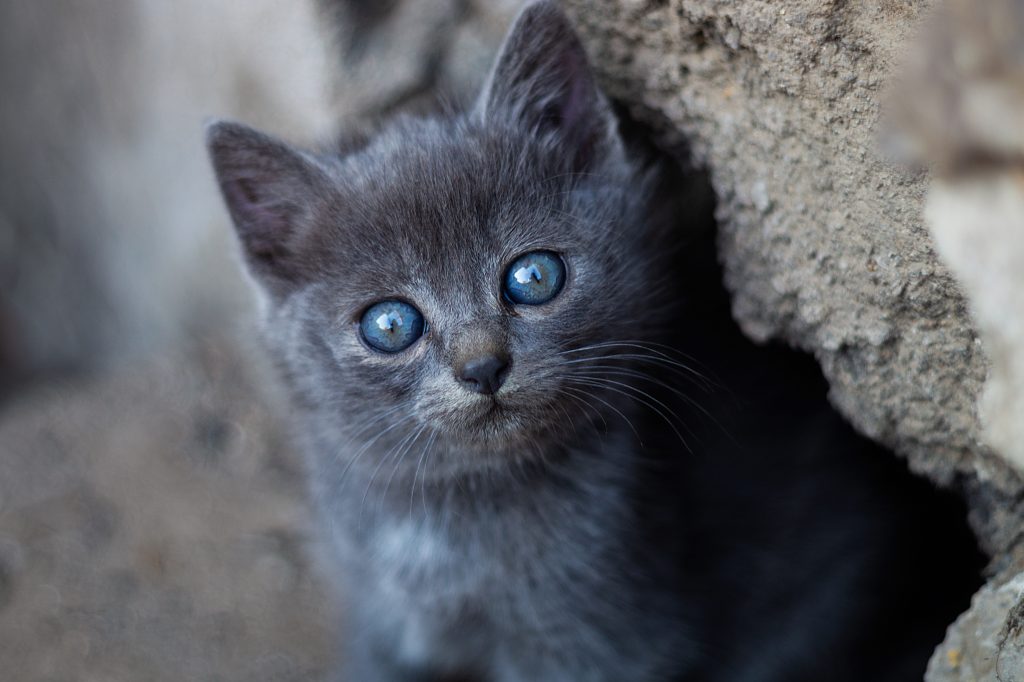
With the launch of this program, we will have trained staff available to help people troubleshoot complainant’s cat problems. Fortunately, most nuisance behavior (vocalizing, spraying, fighting) is hormone driven, which is eradicated once the cats are spayed and neutered. There are also proactive ways to discourage cats from visiting your yard such as motion sensor water sprayers or ultrasonic units and by simply removing food sources.
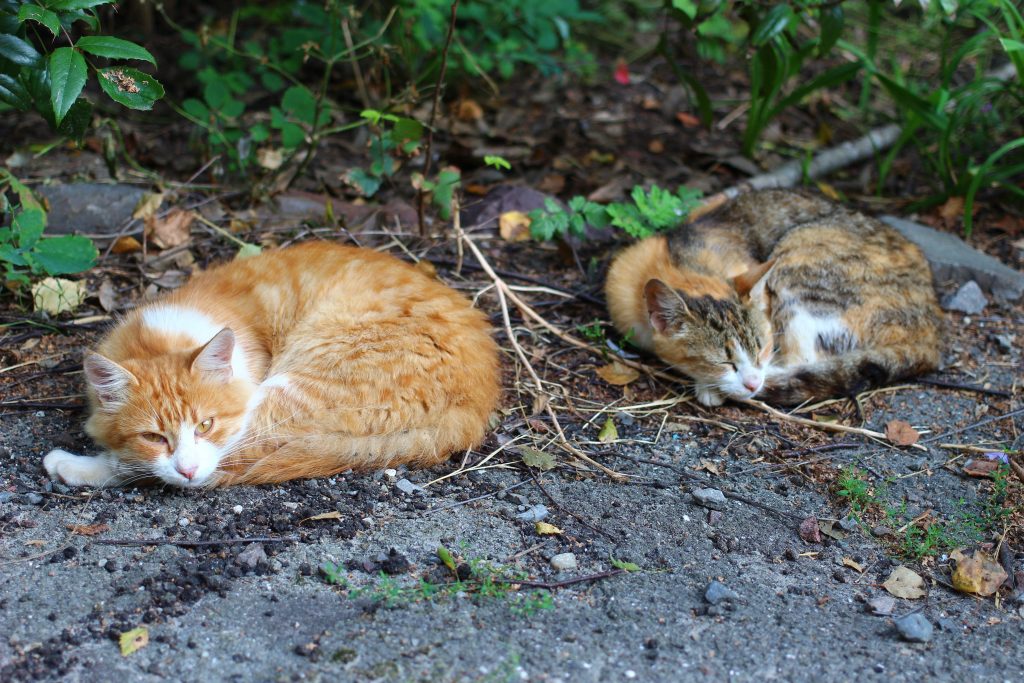
Community Cat Diversion programs screen cats prior to sterilization to ensure they appear healthy and robust. Ill or injured cats are generally not eligible for return to their outdoor home. Healthy, sterilized cats are given a rabies vaccine at the time of surgery so returning them to their outdoor home increases community immunity against rabies, a benefit lacking in traditional trap and euthanize practices.
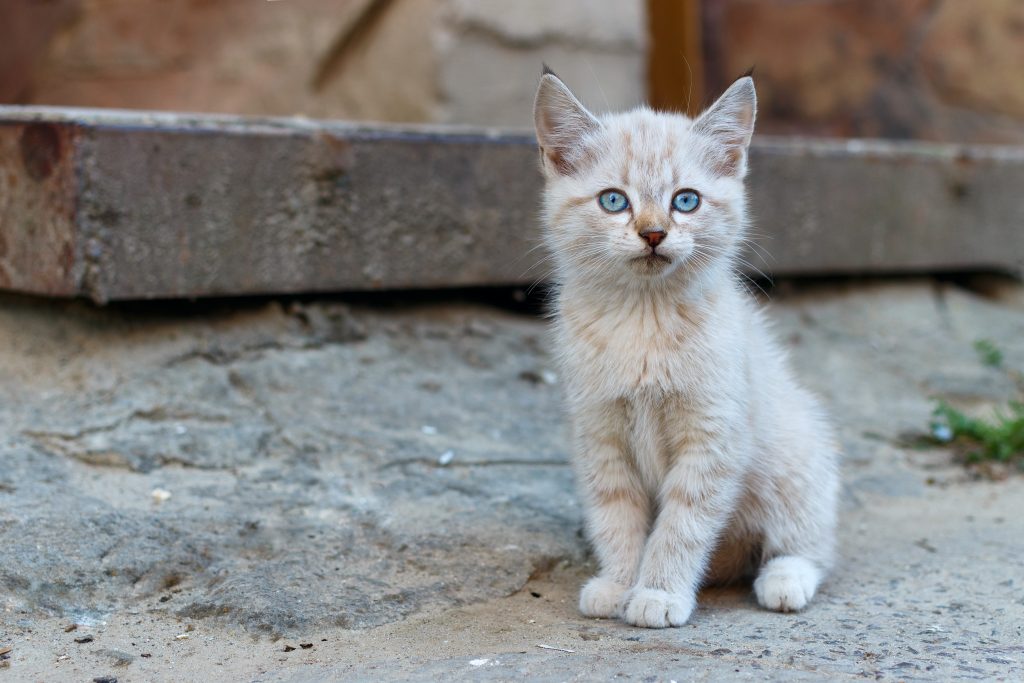
Our stance is actually to the contrary: by feeding community cats you are encouraging their dependence on humans for food, which leads to all sorts of problems. We don’t discourage community cat caretaking if done responsibly, but we do not feel that there is a need to supplement care for outdoor community cats.
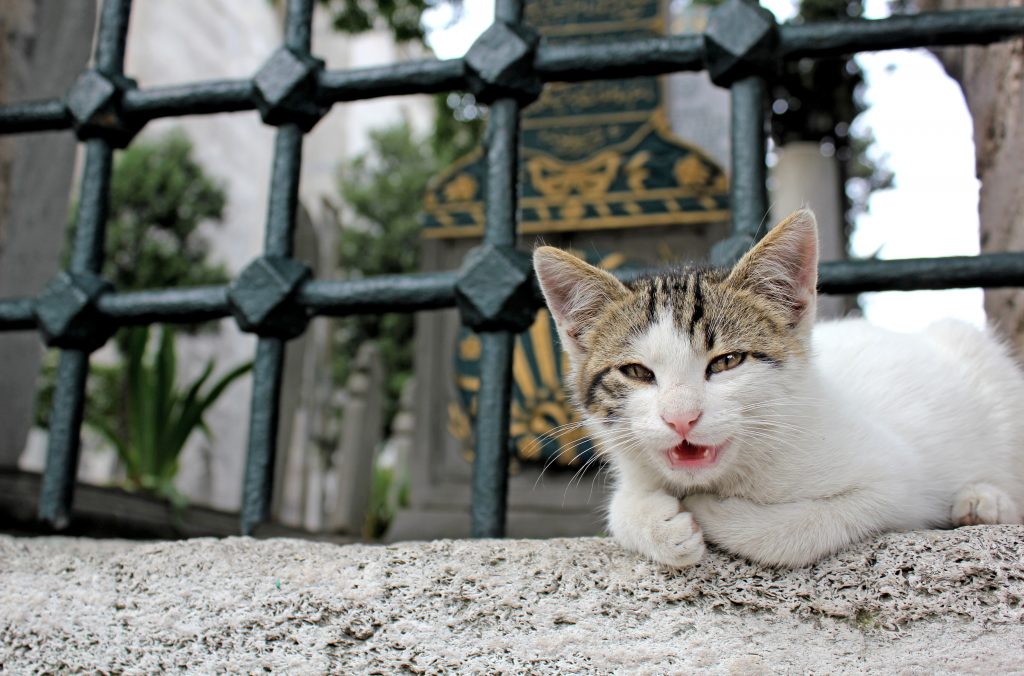
We strongly advocate for pet cat owners to keep their cats inside both for their safety and the safety of neighborhood wildlife. Pet cats can live very happy lives inside with enrichment like cat trees, toys, interactive play and even other cats for companionship.
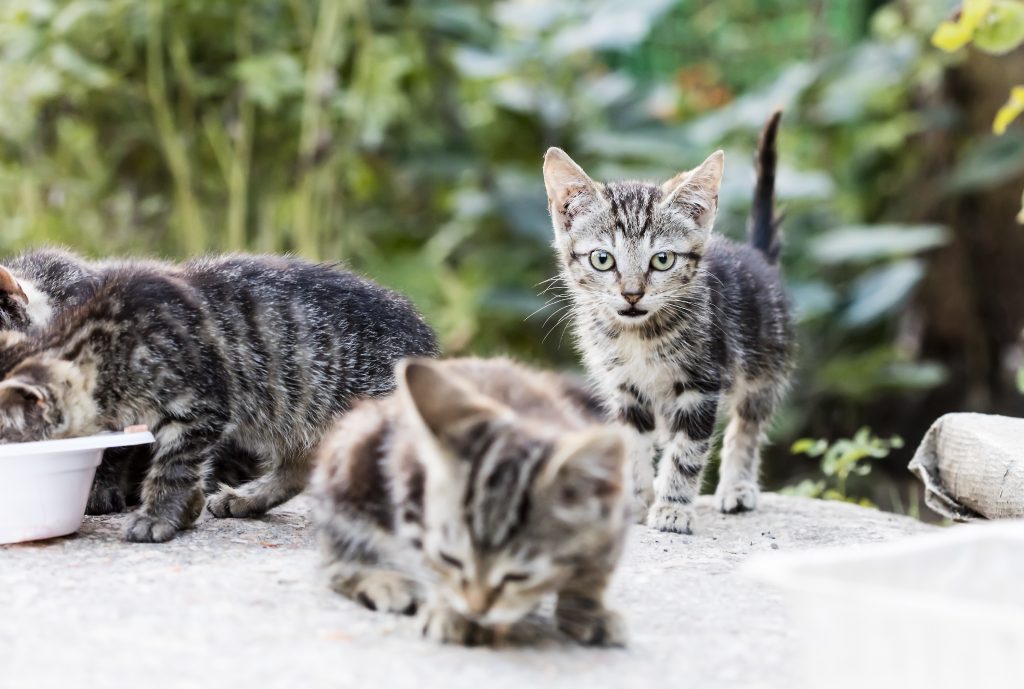
Stray cats come in from either the general public or through animal control. They are scanned for a microchip upon intake. If a chip is found, the cat is placed on a five-day hold to allow staff to make every effort to contact the owner. After that, the animal will go through our medical process to determine its final outcome, whether it be adoption or foster if needed. If no chip is found, the cat is placed on a three-day hold to allow an owner to find it in the shelter. If deemed eligible, that cat will go through our medical process and be spayed/neutered, vaccinated, ear-tipped, and microchipped (TNVR) and then released back to the area it was picked up in as long as a safe location is available.
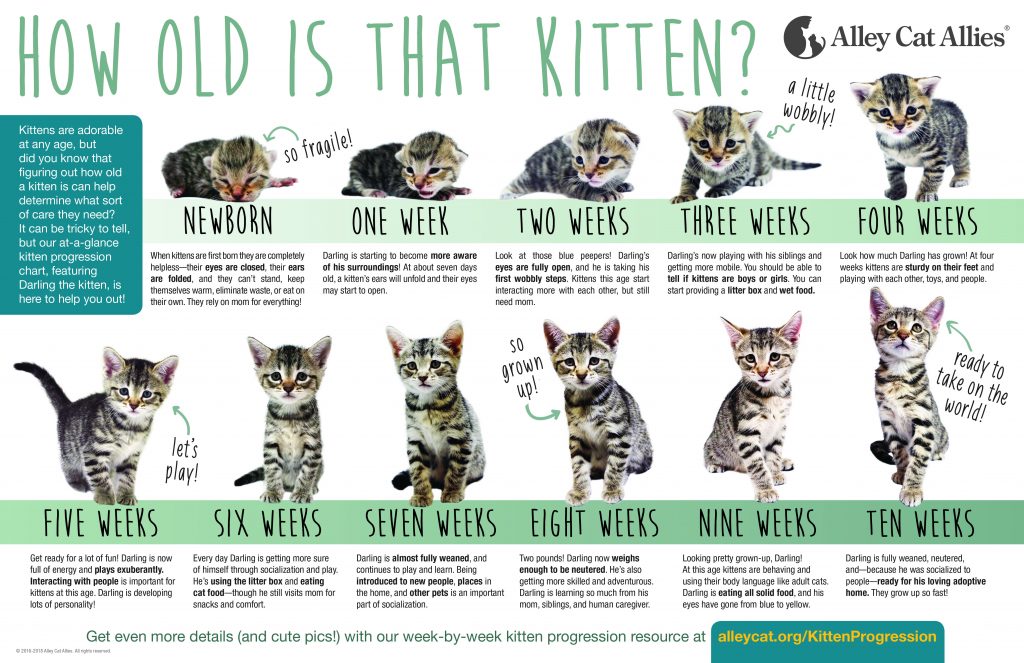

If you have any more questions or concerns regarding Community Cat Diversion, please contact our Community Cats Coordinator at 865-556-9729 or [email protected].
If you are interested in adopting barn cats, please fill out an interest form: Livestock Interest Form
